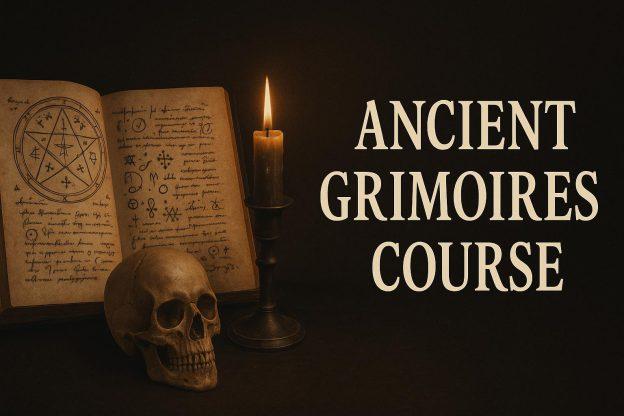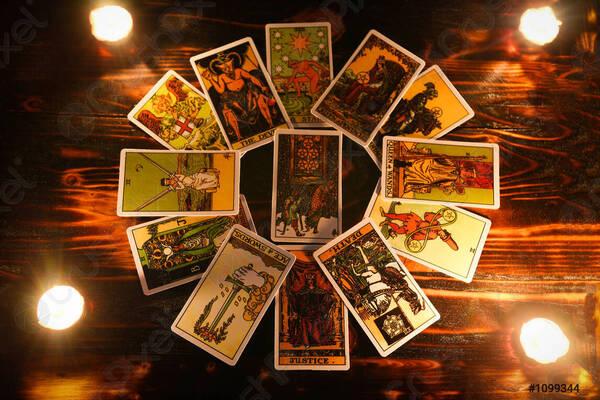Amphitrite

The Mistress of the Mediterranean Sea
Origin: Greek
Meaning of Name: “The third one who encircles” (a poetic reference to the sea)
Overview
Amphitrite is the great goddess of the sea, mistress and owner of the Mediterranean, and consort of Poseidon, King of the Sea.
She is one of the most ancient marine deities of Greek mythology, associated with fertility, abundance, healing, and the vast, encircling waters that define both physical and emotional boundaries.
Born to either Nereus and Doris or Oceanus and Tethys, Amphitrite is counted among the Nereids, the fifty daughters of the Old Man of the Sea. She is also described as a daughter of Oceanus, linking her to the primordial waters from which all life flows.
Myth and Legend
Poseidon first beheld Amphitrite dancing with the Nereids upon the island of Naxos and was overcome with desire. He seized and raped her, then sought to make the relationship permanent by demanding her hand in marriage.
Amphitrite, unwilling to submit, fled to the far western reaches of her domain, seeking shelter with either Atlas or Oceanus, who may have been her father.
The sea-spirit Delphin, a divine dolphin messenger, spied on her and revealed her hiding place to Poseidon. He then persuaded Amphitrite to forgive the god and accept his marriage proposal. In gratitude, Poseidon placed Delphin among the stars as the constellation Delphinus.
As Poseidon’s consort, Amphitrite became Queen of the Sea. Their marriage, however, was ambivalent: like Zeus, Poseidon was perpetually unfaithful. Unlike Hera, Amphitrite did not openly rage against his infidelities, preferring the serenity of her own realm beneath the waves. She is, in many ways, the watery counterpart of Hera — regal, powerful, and protective, but also detached and self-contained.
Character and Symbolism
Amphitrite embodies both creation and destruction — the calm and the storm of the ocean. She governs the tides, marine fertility, and the treasures of the sea, while also serving as a guardian of sailors and ships.
She can be petitioned for:
- Safety and protection on the sea
- Prosperity and abundance
- True and enduring love
- Healing and fertility
- Justice against unfaithful or abusive partners, and punishment of rapists
Monks and coastal devotees once left offerings at the shore to seek her favour, especially in regions where the sea’s temperament ruled survival.
Manifestation
Amphitrite manifests as a beautiful woman with an elaborate coiffure adorned with sea jewels and crabs’ claws forming a crown or headdress.
She is often partially nude, wearing only light adornments and a hairnet of gold or coral — befitting one who spends her eternity in the depths.
She may appear with horns in the shape of crab claws, her hand raised in a pinching gesture, symbolising her dominion over the sea’s creatures.
Iconography
Artists through the centuries have depicted Amphitrite:
- In ancient Greek art, she appears with Tritons and dolphins, sometimes riding a chariot of shells drawn by marine animals.
- Roman artists identified her with Salacia, goddess of salt waters.
- Ovid’s Metamorphoses (Book I) and Keats’s Endymion (II.108) both invoke her as a symbol of divine beauty and oceanic majesty.
- In Poussin’s painting “The Triumph of Neptune and Amphitrite”, she appears enthroned beside Poseidon, surrounded by sea deities in celebration.
She is frequently depicted holding a golden spindle, an emblem of destiny and the spinning of ocean currents.
Attributes and Sacred Associations
| Attribute | Description |
|---|---|
| Realm | A golden palace beneath the Mediterranean Sea |
| Animals | All sea creatures, especially crustaceans, fish, seals, and dolphins |
| Messenger | A sacred crab |
| Number | 3 — symbolic of encircling cycles, tides, and divine harmony |
| Symbolic Gesture | Pinching motion of the hand, like a crab |
| Element | Water (Emotion, Fertility, Intuition) |
Worship and Cult
Despite her majesty, Amphitrite never developed an independent cult in classical Greece. Homer refers to her not as Poseidon’s wife but as a sea goddess who lashes the billows against the rocks — a poetic personification of the ocean’s power rather than a domesticated deity.
In Roman adaptation, she merged with Salacia, the personification of the salt waves, and continued to appear in art and poetry as the serene yet untamed face of the sea.
Mythic Parallels
Amphitrite’s story resonates with several other divine figures:
- Ariadne, for her link to Naxos and themes of pursuit and union.
- Hera, as a counterpart in divine marriage and queenship.
- Scylla, who in some legends was created by Amphitrite out of jealousy.
- Delphin, the dolphin spirit who mediates between gods and mortals.
- Triton, her son, the herald of the sea.
She is also the mother of Albion, Benthesicyme, Charybdis, Rhode, and Triton — each representing different aspects of her marine dominion.
See Also
Ariadne – Cretan goddess of labyrinth and renewal
Atlas – Titan of the Western Sea and guardian of the heavens
Delphin – Dolphin spirit and messenger of Poseidon
Hera – Queen of Olympus, counterpart of Amphitrite
Nereids – Sea nymphs and attendants of Poseidon
Oceanus – Primordial Titan of the encircling waters
Poseidon – God of the Sea and Amphitrite’s consort
Scylla – Sea monster sometimes linked to Amphitrite’s wrath
Triton – Son and herald of Amphitrite and Poseidon
Zeus – King of the gods
SOURCES:
- Encyclopedia of World Mythology and Legend, Third Edition – Written by Anthony S. Mercatante & James R. Dow – Copyright © 2009 by Anthony S. Mercatante
- Encyclopedia of Spirits: The Ultimate Guide to the Magic of Fairies, Genies, Demons, Ghosts, Gods & Goddesses– Written by Judika Illes Copyright © 2009 by Judika Illes.










